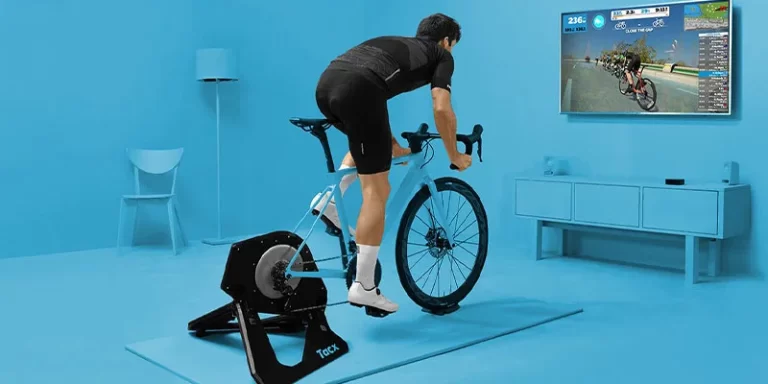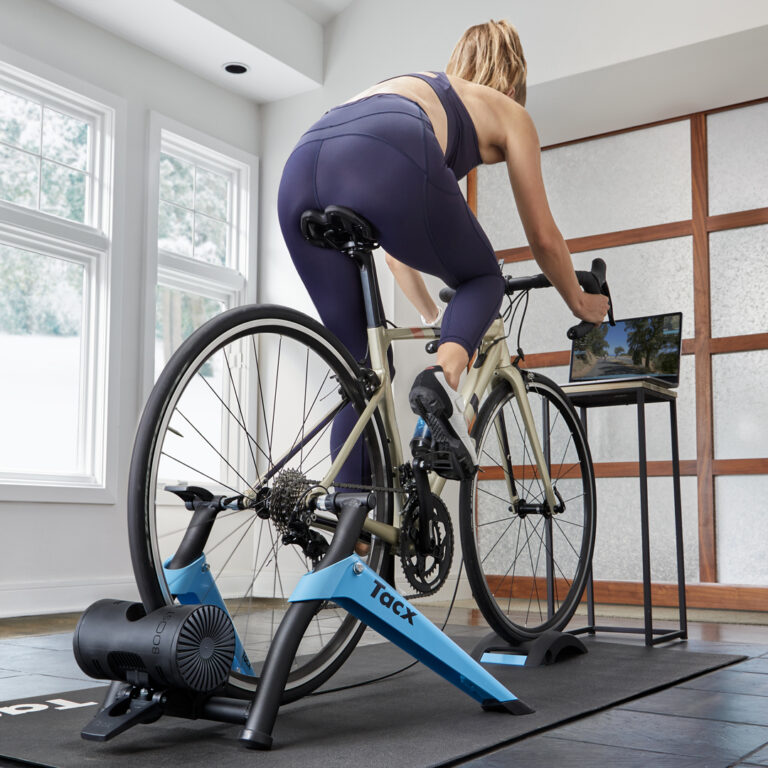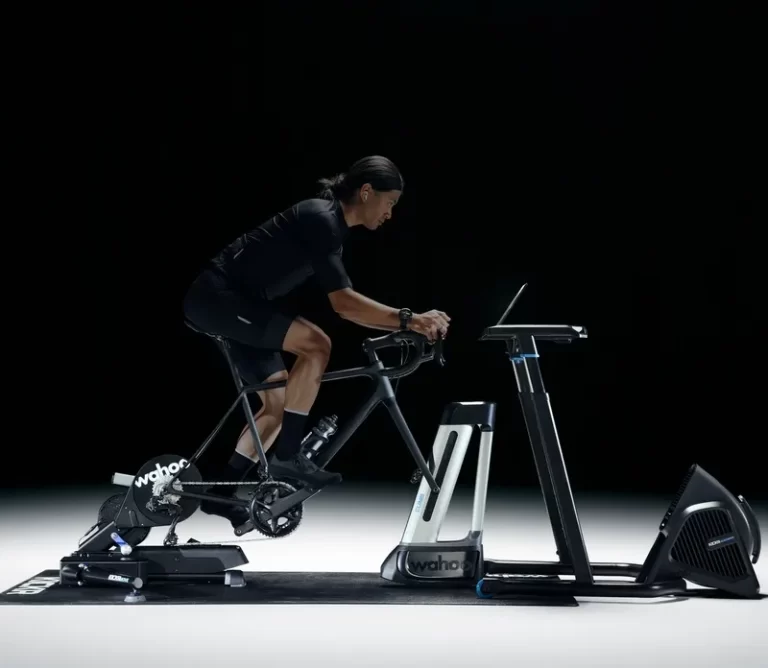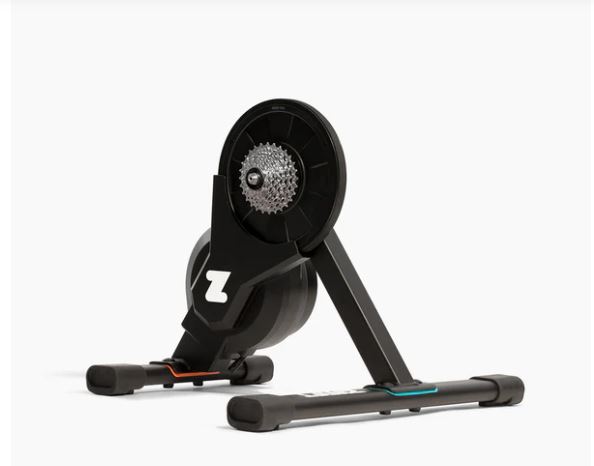Balancing Intensity and Recovery in Indoor Trainer Workouts
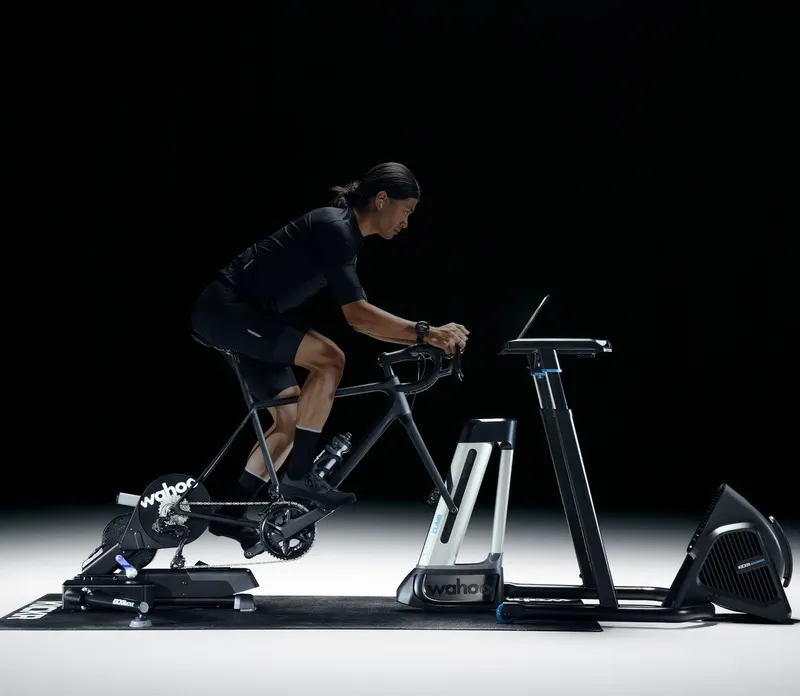
Key Point Summary of Balancing Intensity and Recovery in Indoor Trainer Workouts:
- Training Balance: Achieving the right mix of high-intensity workouts and rest is crucial for cycling progress.
- Intensity: High-intensity sessions are essential for improving performance but should be balanced with recovery to avoid overtraining.
- Recovery: Adequate rest periods are necessary for muscle repair and growth, enhancing overall cycling ability.
- Rest Periods: Incorporating active recovery and rest days into your training regimen supports physical and mental health.
Navigating the fine line between pushing your limits and allowing your body to recover is an art form I’ve come to respect deeply over my cycling career. Whether grinding up a mountain pass, darting through the woods on a gravel path, or challenging competitors in a cyclocross race, understanding the delicate balance of intensity and recovery has been pivotal to my growth and longevity in the sport. This wisdom is just as relevant to indoor training, where the controlled environment of trainer workouts offers a unique opportunity to fine-tune this balance for optimal performance and health.
Understanding Training Balance
Training balance is not about equal parts intensity and rest; it’s about finding the right proportion that allows your body to grow stronger without tipping into overtraining or injury. High-intensity workouts are a staple in any cyclist’s regimen, vital for increasing power, improving endurance, and enhancing overall cycling efficiency. However, without adequate recovery, these gains can quickly plateau, or worse, reverse.
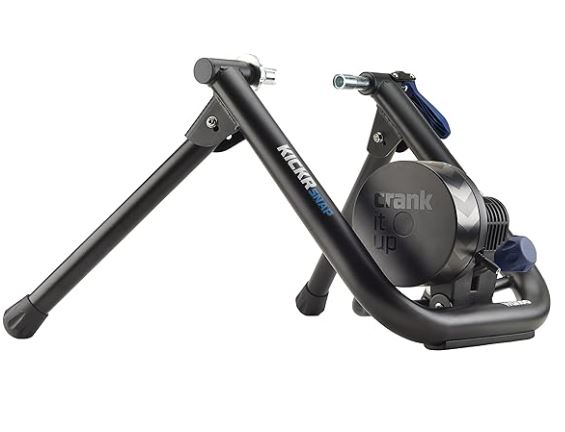
The Role of Intensity
High-intensity interval training (HIIT) sessions have been a cornerstone of my indoor training, especially during the off-season or when prepping for race season. These workouts, characterized by short, intense efforts followed by rest or low-intensity periods, are incredibly effective for boosting cardiovascular health and muscular endurance. Yet, the temptation to overdo these sessions because they’re time-efficient and highly rewarding can lead to burnout and overtraining if not carefully managed.
The Importance of Recovery
Recovery is the unsung hero of any training program. It’s during these periods of rest that the body repairs and strengthens itself. Following a particularly grueling indoor session, prioritizing recovery techniques such as proper nutrition, hydration, sleep, and even active recovery activities like gentle spinning or yoga can dramatically improve one’s ability to bounce back and perform better in subsequent workouts.
Strategizing Rest Periods
Incorporating rest days and active recovery sessions into your training plan is essential. A common approach I’ve adopted is the 80/20 rule, where roughly 80% of training volume is low intensity, and 20% is high intensity. This strategy ensures that I’m not overloading my body with stress, thereby reducing the risk of injury and mental fatigue. Additionally, active recovery days, focusing on gentle rides or cross-training activities, help maintain a routine while promoting muscle recovery and flexibility.
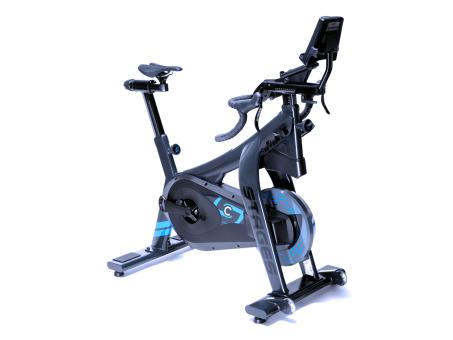
Balancing Intensity and Recovery in Indoor Trainer Workouts: Wrapping It Up
Indoor training, with its controlled environment, has allowed me to experiment and learn what works best for my body. It’s tempting to maximize the convenience and efficiency of the trainer by packing in high-intensity sessions back-to-back. However, integrating structured recovery phases has been key to my development, allowing me to train smarter, not just harder.
Balancing intensity and recovery in indoor trainer workouts is a dynamic process that requires attention, adjustment, and a bit of self-experimentation. The goal is to foster a training environment that promotes growth, health, and a lifelong passion for cycling. By embracing the importance of both pushing your limits and giving yourself time to recover, you can enjoy a fulfilling and sustainable indoor training experience that complements your outdoor adventures.
Smart trainers can automatically adjust resistance based on the workout’s demands, making them ideal for executing precise high-intensity intervals followed by proper recovery periods without manual adjustments. Among the top options, the Wahoo KICKR stands out for several reasons:
- Precision: The Wahoo KICKR offers accurate power measurement, crucial for tailoring workout intensity to your specific training goals. It helps ensure that high-intensity efforts are truly challenging and recovery periods are adequately easy, aligning perfectly with the need to balance workout intensity.
- Connectivity: With seamless integration with training platforms like Zwift, TrainerRoad, and others, it allows for a varied and engaging training regimen. These platforms offer structured workouts and programs that can automatically control the trainer’s resistance, making it easier to follow a balanced training plan that incorporates both intense workouts and recovery rides.
- Quiet Operation: Its quiet operation makes it easier to focus on your training without disturbing others, which is particularly beneficial for recovery sessions focused on mindfulness or relaxation.
- Stability and Realism: The KICKR’s sturdy build and realistic ride feel contribute to a more enjoyable training experience, whether you’re pushing hard on an intense interval or spinning lightly on a recovery day.
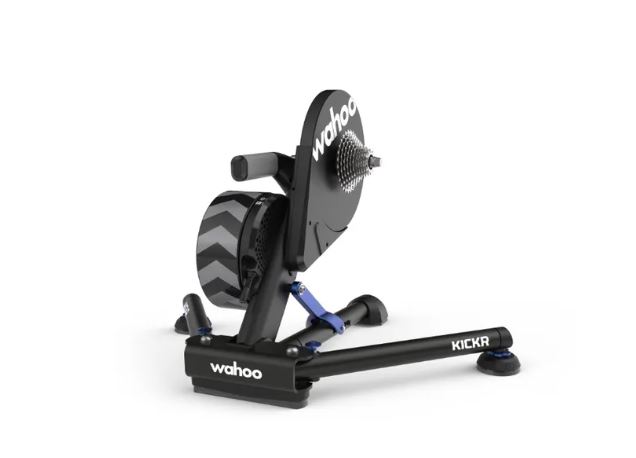
FAQ
How do you train an indoor bike trainer?
To train on an indoor bike trainer, set up your bike securely on the trainer, choose a structured workout or training program (consider using apps like Zwift or TrainerRoad for guided sessions), and focus on varied workouts including endurance rides, high-intensity intervals, and recovery spins to improve fitness.
What are the best intervals for indoor cycling?
The best intervals for indoor cycling often include:
- VO2 Max Intervals: 3-5 minutes at 90-110% of FTP (Functional Threshold Power) with equal rest periods.
- Tabata Intervals: 20 seconds of all-out effort followed by 10 seconds of rest, repeated for 4 minutes.
- Sweet Spot Intervals: 10-20 minutes at 85-95% of FTP with 5-minute rest periods, balancing intensity and endurance.
How can I make my stationary bike more intense?
To make your stationary bike more intense, increase resistance levels during your workout, incorporate high-intensity interval training (HIIT), use heavier gears (if applicable), and ensure you’re working at a challenging but sustainable pace. Adding uphill simulations and speed drills can also enhance intensity.
Why are recovery intervals important during an interval workout?
Recovery intervals are important during an interval workout because they allow your body to clear lactate from the muscles, partially recover, and prepare for the next bout of intense effort. This ensures you can maintain a high level of intensity throughout the workout, maximizes the training effect, and reduces the risk of burnout and overtraining.
Happy training
John
